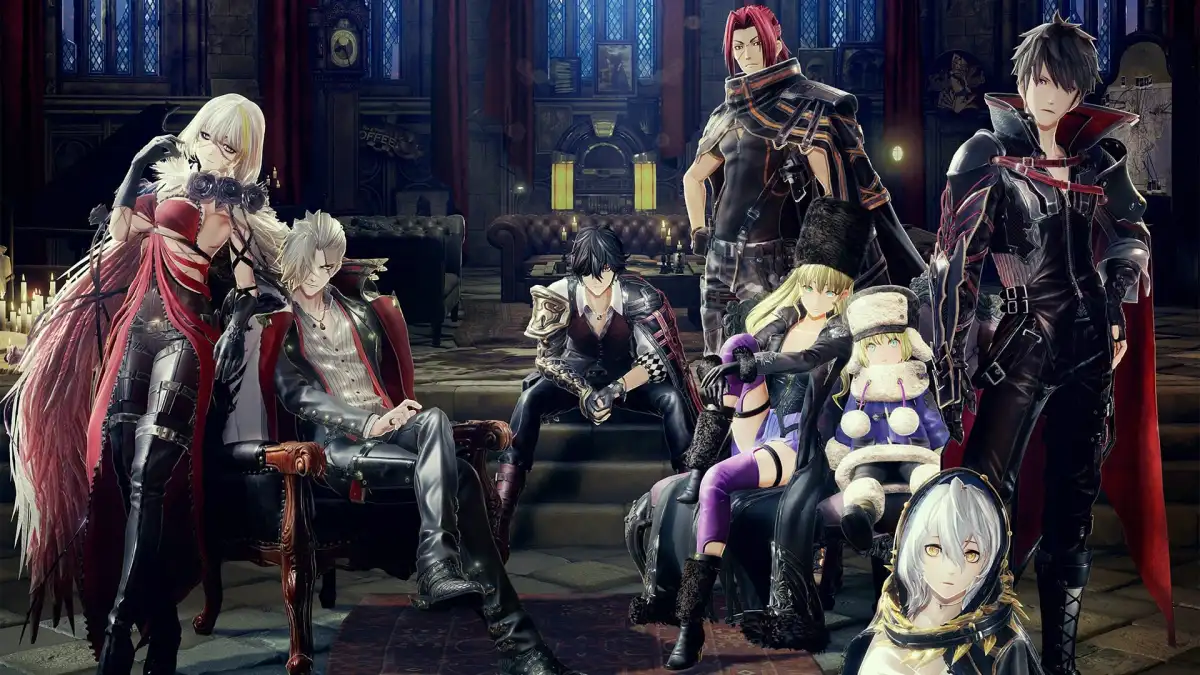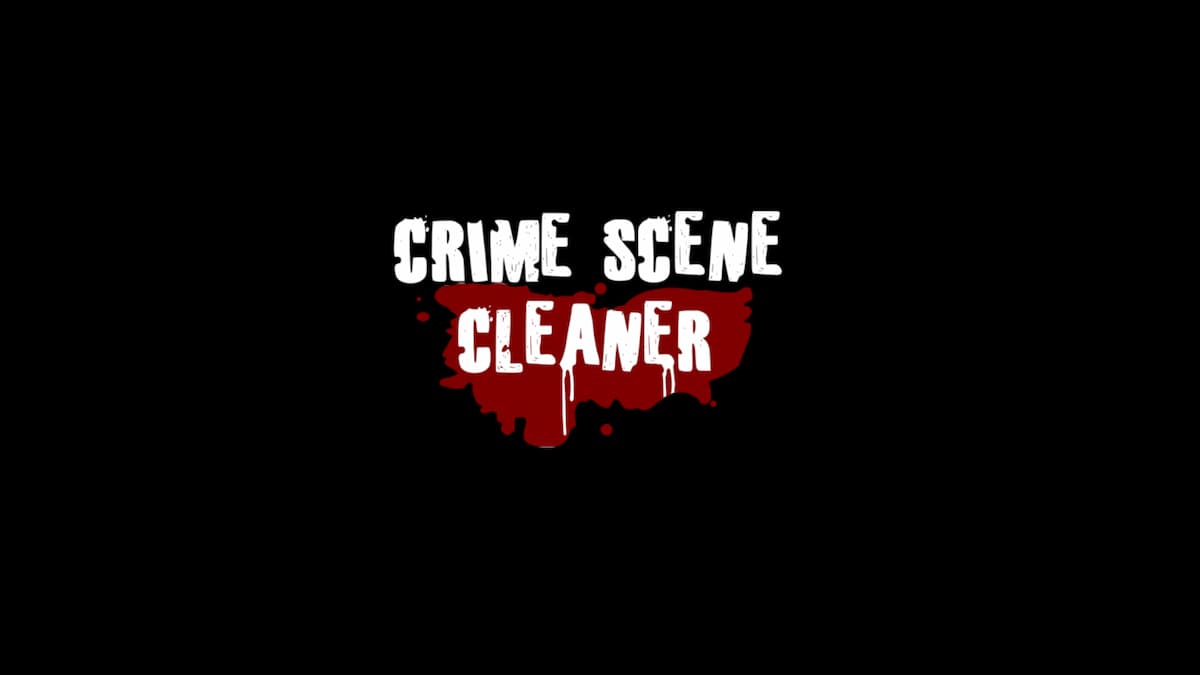Code Vein on PlayStation 4
Ever since the release of the first Dark Souls we’ve seen near countless attempts to try and harness that same essence, although few actually have. Code Vein is the most invested I’ve gotten in a Souls-like game since Bloodborne, and after playing the game at multiple preview events over the last couple years, and coming away worried, it blew away my expectations.
Code Vein is developed by Bandai Namco, and the same team that’s been behind many of the God Eater games, and it shows. The game takes place in post-apocalyptic world where an event known as The Great Collapse saw massive spikes tear through the Earth, and humans turn into crazed bloodthirsty monsters called Lost.
In order to combat this new threat, humanity created undead soldiers known as Revenants, who can only die if their heart is destroyed.
While that’s the basic setup, the story and world of Code Vein is amazingly complex and filled with lore, and it’s one of the aspects of the game that surprised me the most.
I don’t want to delve too far into things, but there are some compelling and unique ideas at the game’s core, and most of the storytelling is unrelentingly tragic, as you might expect from this genre.
Code Vein definitely takes on more of a JRPG spirit in its story than the typical Souls-like. Games in this genre generally rely on environmental storytelling and drip feeding pieces of lore.
While that’s in Code Vein, the game has a big focus on direct storytelling with cutscenes and the like. This wasn’t something I minded considering how compelling I found the overall narrative.

A major part of the story involves you finding Vestiges, crystallized memories of other Revenants that you can then dive into.
These sections almost play out like art exhibits that you walk around, giving you more context and background on character’s and the main plot. There are some smart twists these sections provide, and coupling it with a dynamic piano theme makes them especially memorable.
Of course what you’re really playing Code Vein for is the gameplay, so let’s dive right into that. On its face, Code Vein plays much like you’d expect it to; letting you execute light attacks, heavy attacks, dodge, guard, parry, etc, all of which is dictated by a stamina gauge.
Where the game really mixes things up, however, is with the sheer absurd amount of customization that it gives you over your gameplay experience.
After using one of the most detailed character creators I’ve ever seen –seriously it’s got a crazy amount of options– you’re dropped right into the action.
Instead of choosing a class you equip a Blood Code, essentially a code from another Revenant’s blood that lets you use their abilities. Each Blood Code gives you different stats and a different set of “Gifts” to use, essentially abilities that can be both passive and active.
Blood Codes can wildly vary in their use, for example at the start you have access to a melee warrior one, a ranged caster type, and an all-around quick fighter.

By equipping Gift from a Blood Code and then defeating enemies you can master them, which in turn lets you equip them regardless of your Blood Code.
First, though, you need to learn Gifts using Haze, which functions much likes Souls do in the Dark Souls games. Haze is collected mainly from defeating enemies and you use it to purchase Gifts, level up, buy new weapons, upgrade weapons, and more.
On top of Blood Codes you have a multitude of consumable items, two different weapon slots, and Blood Veils –equipment that enhances certain stats and can play into the differences between Blood Codes.
It sounds pretty complex all together, and it is, but part of the brilliance of Code Vein is that it gives you so many options.
One of the more unique elements of the game is its partner system, which lets you bring an NPC ally along at all times. The allied AI is incredibly smart, much like God Eater, and your partner can easily handle themselves in a fight.
Bringing a partner also gives you the option of sacrificing your own HP to heal them, and they’ll do the same when you die, essentially giving you a second chance.
While the game is certainly built around the idea of having a partner, if you want to make things more difficult you can play the entire thing solo, which, believe me, really makes things difficult.

There are a couple other elements to combat, like a resource called Ichor for using Gifts and the Focus gauge.
Ichor is essentially blood as a resource and each Gift uses a number of your Ichor points. In order to restore points you need to attack enemies or use limited consumables.
Hitting an enemy with your weapon will restore Ichor slowly, or you can use a drain attack by holding down the X button to charge it, or looping a quick one into your combo with R1+X.
Drain attacks are time-consuming so they’re not always something you can do, but the Ichor system encourages you to be aggressive in order to keep using Gifts.
It’s not as extreme as Bloodborne’s system for healing damage by attacking, but it’s a nice way to encourage aggressiveness, especially during boss battles.
Focus, on the other hand, is a gauge that fills automatically as you take damage, successfully dodge, etc. Once full you enter a Focused mode which can bump up damage and allow you to use a launch attack to send an enemy flying into the air.

Enemies also have their own Focus gauge and can become unpredictable when it’s full.
At any time you can return from exploring to your Home Base, an area where you can talk to your allies, purchase weapons, give gifts to partners, and more.
Here there’s a Hot Spring area that lets you soak for a few minutes and rewatch old cutscenes or see explanations of key terms. It serves another purpose, though, as if you go to the Hot Spring when you die you can instantly recover half of your lost Haze, instead of having to go to the point of your death.
It’s totally optional, of course, but another good way of making the game more accessible in terms of difficulty.
In general the combat just feels good, something that is so important for a Souls-like game. Something that worried me before, the hits not feeling weighty, is something that isn’t a problem any more.
While I’ve been pretty positive so far, Code Vein does hit a few small stumbling blocks. The game takes a bit to get into the groove early on, as the complexity and sheer amount of options aren’t immediately obvious.
The first couple of areas are also insanely easy, and it takes a bit for the tough-as-nails difficulty to set in, but it does.
By the same token, it also takes a bit for the story to really set in. There are also time in the story where you’re not given much direction as to what to do, set off to explore an entire area you’ve already been through for a specific thing. These moments are few and far between, but still there.

Combat runs at a smooth as butter framerate and I never experienced any drops; however, there were moments in exploration or transitioning between areas that the game would chug a bit, but never during combat.
Another small annoyance is the ultra-loud heartbeat sound that plays whenever you get low on health. Obviously this is a small thing, but it’s extremely loud and can be jarring at times, especially with how often you’re low on health.
One of my favorite aspects of the game that I haven’t talked about so far is the map system. Like other Souls-likes, Code Vein’s areas are winding and littered with optional pathways and secrets.
Each area starts out totally unmapped but by resting at Mistles (the equivalent of bonfires) or purifying rotten Mistles, you can reveal areas of the map.
The best feature, though, is that the map records your footprints as you make your way through an area. This shows you a record of where you’ve been and highlights your most recent path, cutting down on the random wandering you might need to do.
Code Vein’s areas may not share the same scope and breadth as the world of something like Dark Souls, but it’s still interesting to explore everything, especially as the rewards are well worth it.
One final thing I feel the need to talk about is the general look and style of Code Vein. The vampiric gothic theme mixed with an anime aesthetic really works wonders, and the game can be downright gorgeous at times.

Character models look well-animated, and although many of the environments are ruined cities there are some truly gorgeous backdrops to explore.
This is, again, something that gets better as the game goes on, as locales become more and more varied both visually, and in the complexity they’re built with.
The over-the-top bloody combat is as flashy as it is gory, and there’s nice visual variety to the Gifts and weapons you use, on top of functional variety.
Code Vein’s soundtrack is another high point, with absolutely superb music written by Go Shiina, the same composer behind God Eater and some Tales titles. The soundtrack makes liberal use of organs and vocals, adding even more to that gothic feel.
Code Vein is the rare type of game that only gets better and better the further you get into the experience. Like I said before, it can take a while for things to really “click,” but once they did boy was I hooked.
The story goes some surprisingly emotional places, and the sheer variety of gameplay styles is a huge strength.
Code Vein is easily one of the sleeper hits of the year, and it’s an experience that’s a joy to sink your teeth into.
Score: 4.5/5 – Great
Pros
- A massive character creation system with a wealth of options.
- An absurd amount of customization over your play style.
- Neat features unique to the genre, like the partner system and map tracking.
- A surprisingly enthralling and emotional narrative.
- Phenomenal soundtrack that reinforces the gothic themes.
Cons
- Some slight stuttering and framerate issues during exploration, but not combat.
- Initial hours can be slow due to low difficulty and complexity of learning everything.
- A few moments with a lack of direction on where to go and what to do.
Should You Buy Code Vein?
Yes. If you’re a fan of Souls-like games, Code Vein brings a solid experience to the table with some unique elements for the genre. On the other hand, if you’re simply a fan of anime action games, Code Vein has some nice accessibility options for those that might not be familiar with Souls-likes.
Code Vein Release Date
Code Vein releases on Sept. 27 for PlayStation 4, Xbox One, and PC.
Code Vein Developer
Code Vein is developed and published by Bandai Namco, specifically the team that’s behind much of the God Eater series.
For more information on how we review games, check out Twinfinite’s review policy here.














Updated: Sep 26, 2019 11:07 am